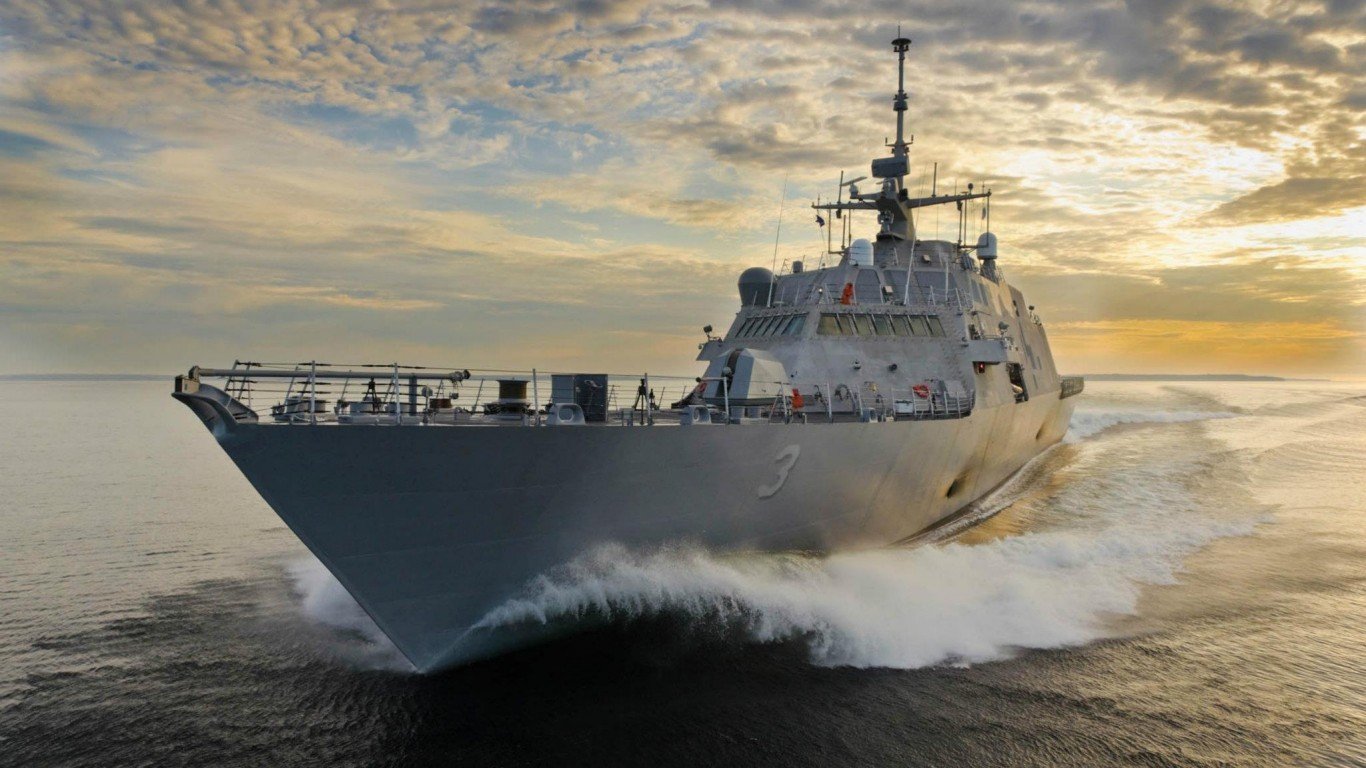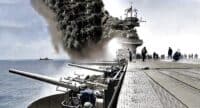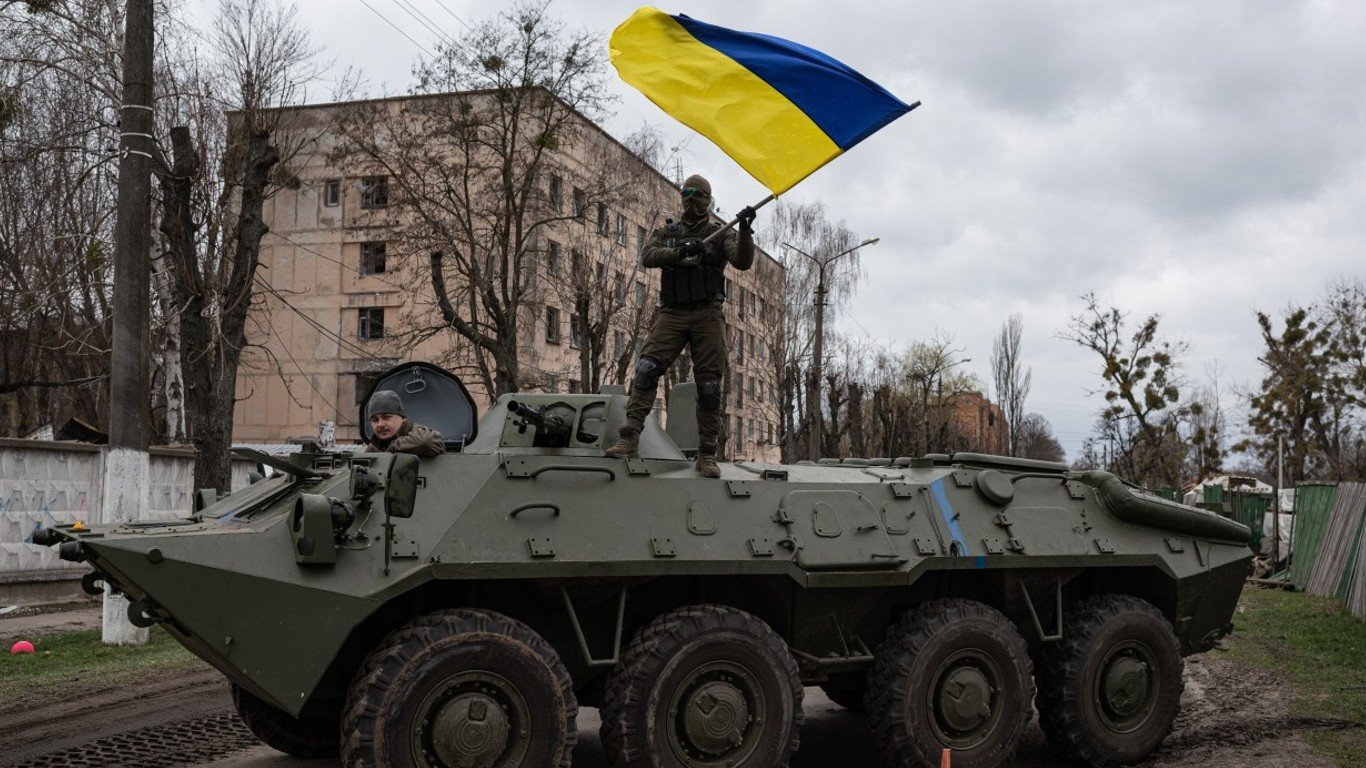

The international community widely condemned the Russian invasion of Ukraine in February 2022. UN members voted overwhelmingly, 141-5 (35 abstaining), to call for the immediate withdrawal of Russian troops. Since then, dozens of nations sent Ukraine financial, humanitarian, and military aid. This article will examine which countries have provided the most support since the conflict began.
Why This Matters
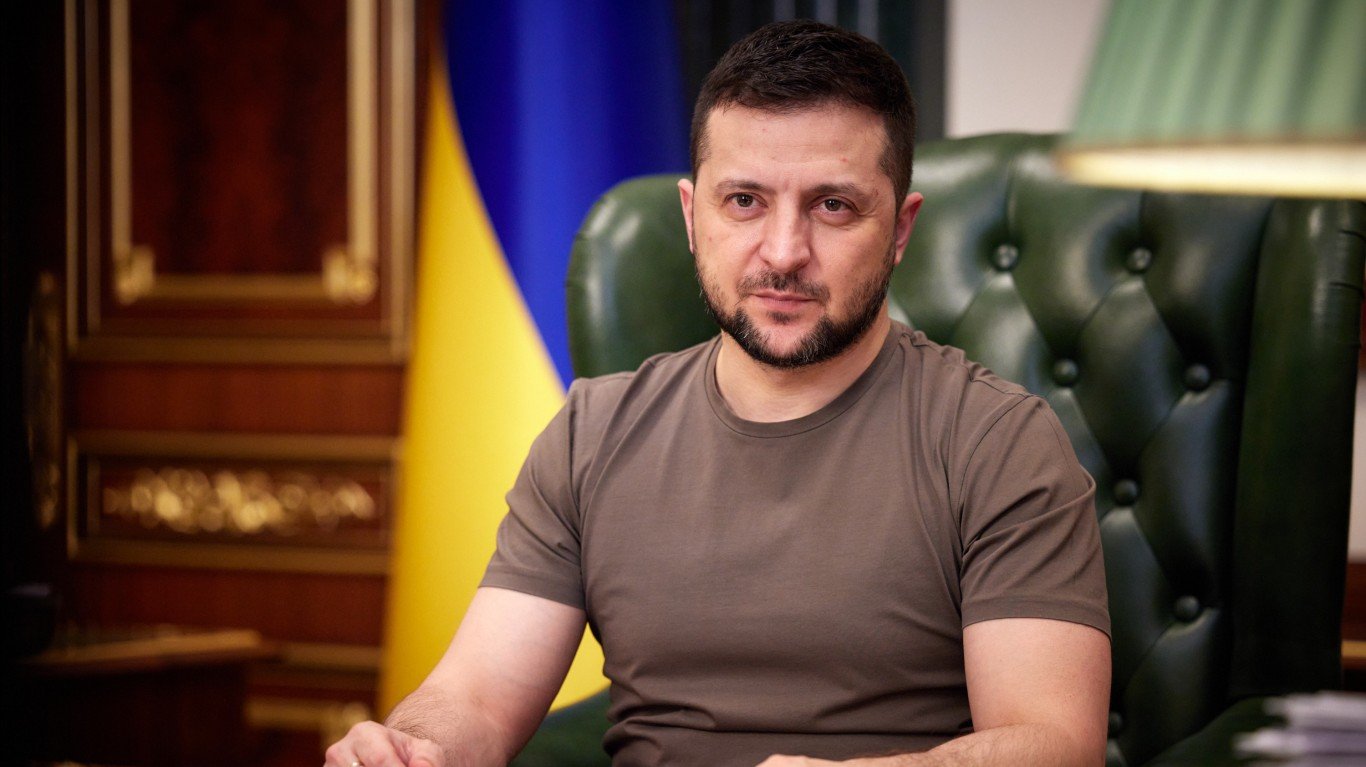
The anticipated swift Russian victory was foiled by the unexpectedly tenacious defense put up by Ukraine. However, without serious and ongoing support, no amount of courage can overcome the sheer gulf in men and materials that separates Russia and Ukraine. As Russia pivots to a strategy of attrition, continued support for Ukraine has never been more crucial.
Note On Transparency and Accuracy
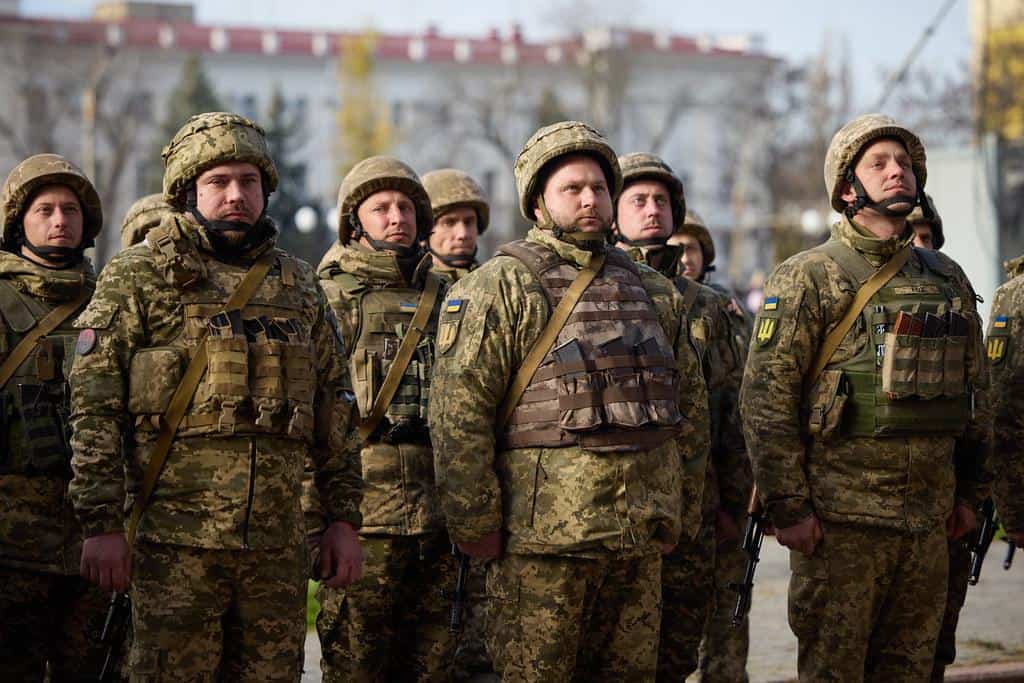
Every effort has been made to provide the most accurate and up-to-date information. However, some countries haven’t been forthcoming in what aid it has provided Ukraine. Additionally, as this is an ongoing conflict, the latest details aren’t always available. The information provided in this article comes from government sources and the Kiel Institute, a German think tank that has done some of the most detailed research on Ukrainian aid.
European Union
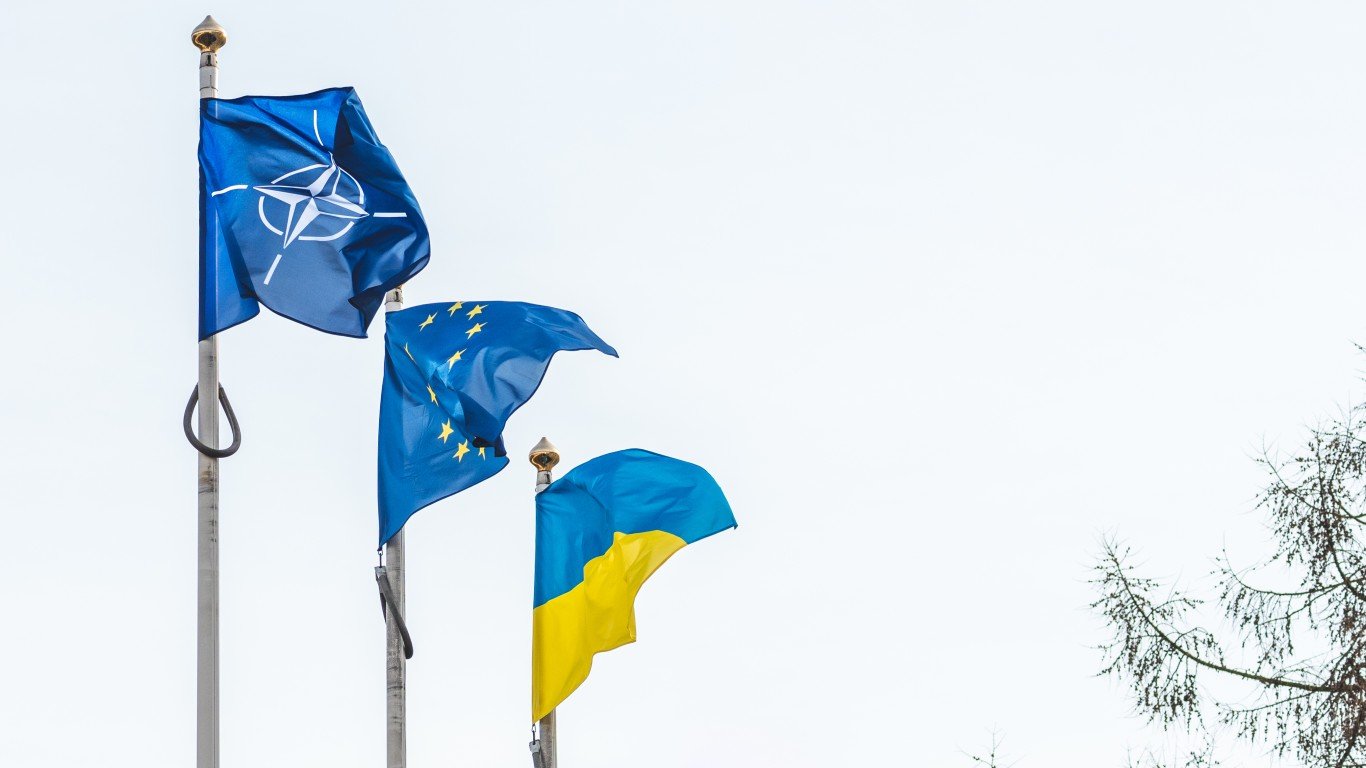
Collectively, the members of the European Union moved past the United States in overall support by late 2023. The combined efforts of the EU are primarily in financial and humanitarian aid rather than military support. As Ukraine seeks to become a member of the EU after the war, significant funds will be needed to rebuild.
A new multi-year package worth a total of $54 billion was agreed in 2024 but held up by objections from Hungary. Viktor Orban, Prime Minister of Hungary, previously spoke against Sweden and Finland joining NATO. His association with Vladimir Putin has drawn sharp criticism from other EU members.
The United States
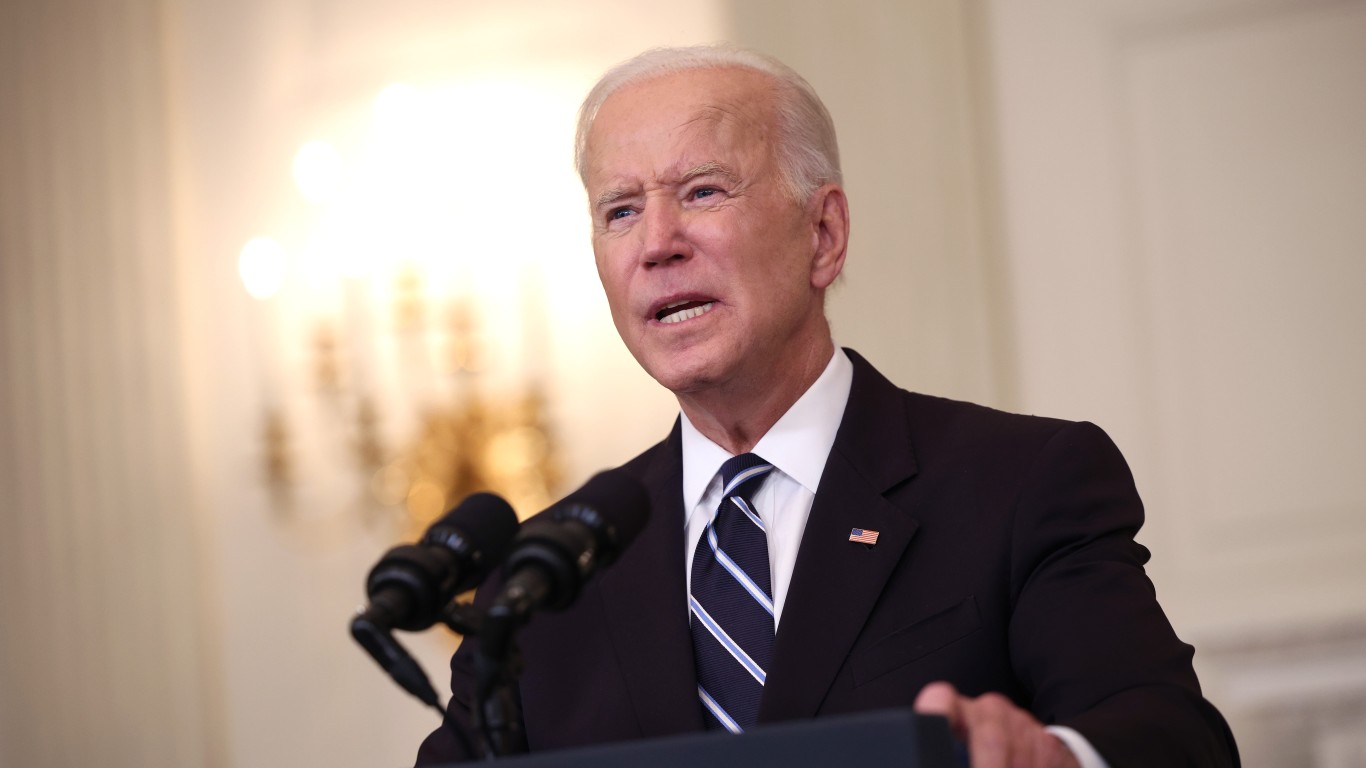
By far the largest individual supporter of Ukraine, the United States moved quickly to supply aid when the Russian invasion began in February 2022. On March 9, a spending bill that included $13.6 billion in emergency funds for Ukraine was signed by President Biden. Three more bills passed in 2022, $40.9 billion in May, $12.3 billion in September, and $47.4 billion in December. Funding came to a screeching halt in 2023 as the Republican party gained control of the House of Representatives in the 2022 midterms. A new round of funding finally passed in April 2024.
The bulk of that aid – just under $70 billion – has been military. Unlike European allies, the United States has no trouble tapping into its stockpiles of military gear without compromising its force capabilities.
Armor shipments include 31 Abrams main battle tanks, 45 T-72 tanks (via the Czech Republic), 200 Bradley infantry fighting vehicles, and 3000 Humvees. One badly-needed Patriot missile battery and 12 NASAM systems have been sent to bolster Ukrainian air defenses and thousands of Zuni rockets. Hundreds of howitzers and mortars with over 400,000 rounds of ammunition were included.
The US hasn’t sent any modern aircraft yet but did clear the way for European allies to provide F-16s. 20 attack helicopters were sent along with thousands of Hydra-70 rockets. Additionally, shipments included over 100,000 sets of helmets and body armor. An undisclosed number of drones were part of the packages, including the cutting-edge Altius 600 loitering munitions made by Anduril.
American support for Ukraine is vital but uncertain and European allies can’t yet plug the gap left by the United States. Much will depend on the outcome of the 2024 elections.
Germany
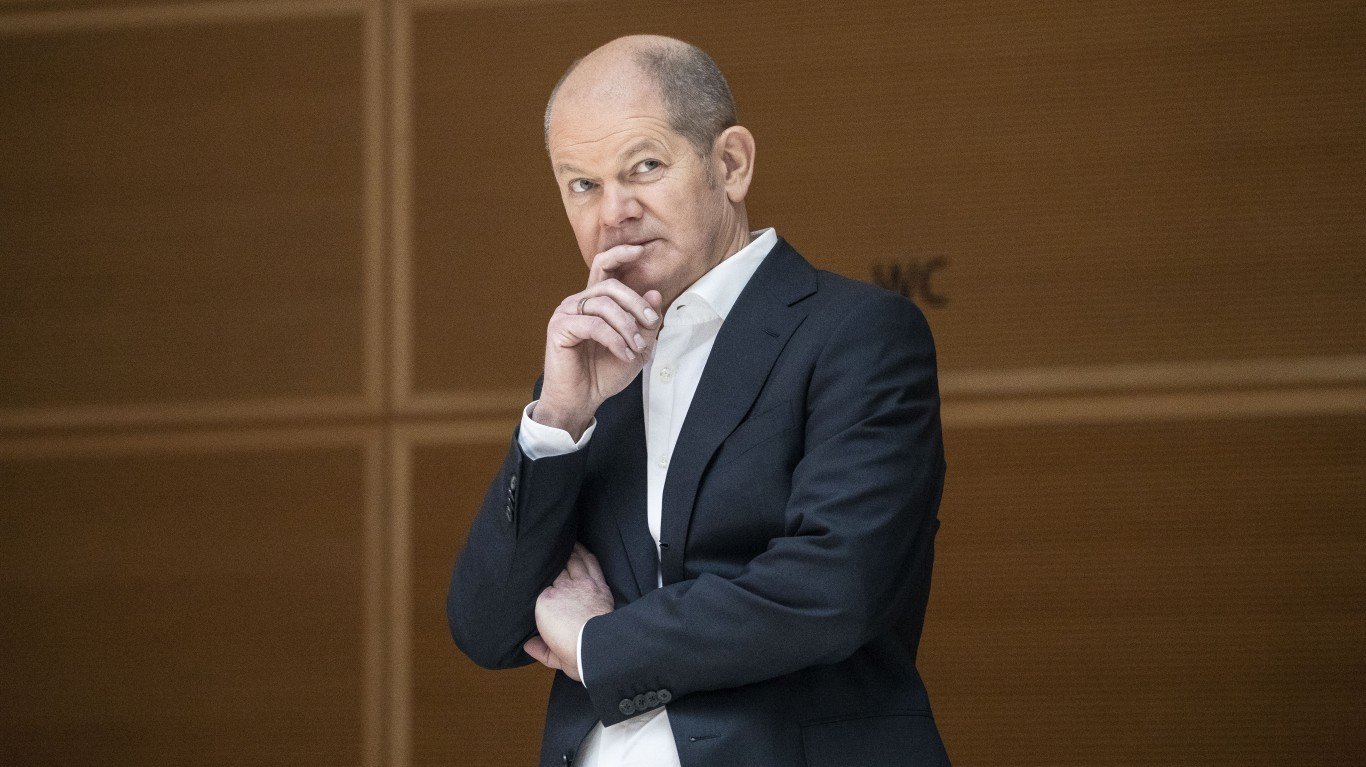
Germany is one of Ukraine’s biggest supporters, second only to the United States, and one of the most transparent. The German government released detailed information about the military support given to Ukraine. With limited domestic manufacturing possible, Ukraine depends heavily on outside support for tanks. Germany has partnered with the Netherlands and Denmark to make up some of this shortfall. 200 refurbished Leopard 1A5 have been or are in the process of being shipped to Ukraine.
Germany will also send 100 infantry fighting vehicles, 66 armored personnel carriers, 2 Patriot launchers, and over 50 million rounds of small arms ammunition. Though German support has been substantial, there are limits to Berlin’s willingness to furnish Ukraine with modern arms. Chancellor Olaf Scholz refused to send Taurus cruise missiles and has been wary of Ukraine attacking Russian territory. Differences of opinion with France on the direction of the conflict caused tensions between Berlin and Paris. However, recent talks suggest the previous limitations on directly striking Russian territory are being lifted.
Germany has also taken in over a million refugees from Ukraine.
The United Kingdom
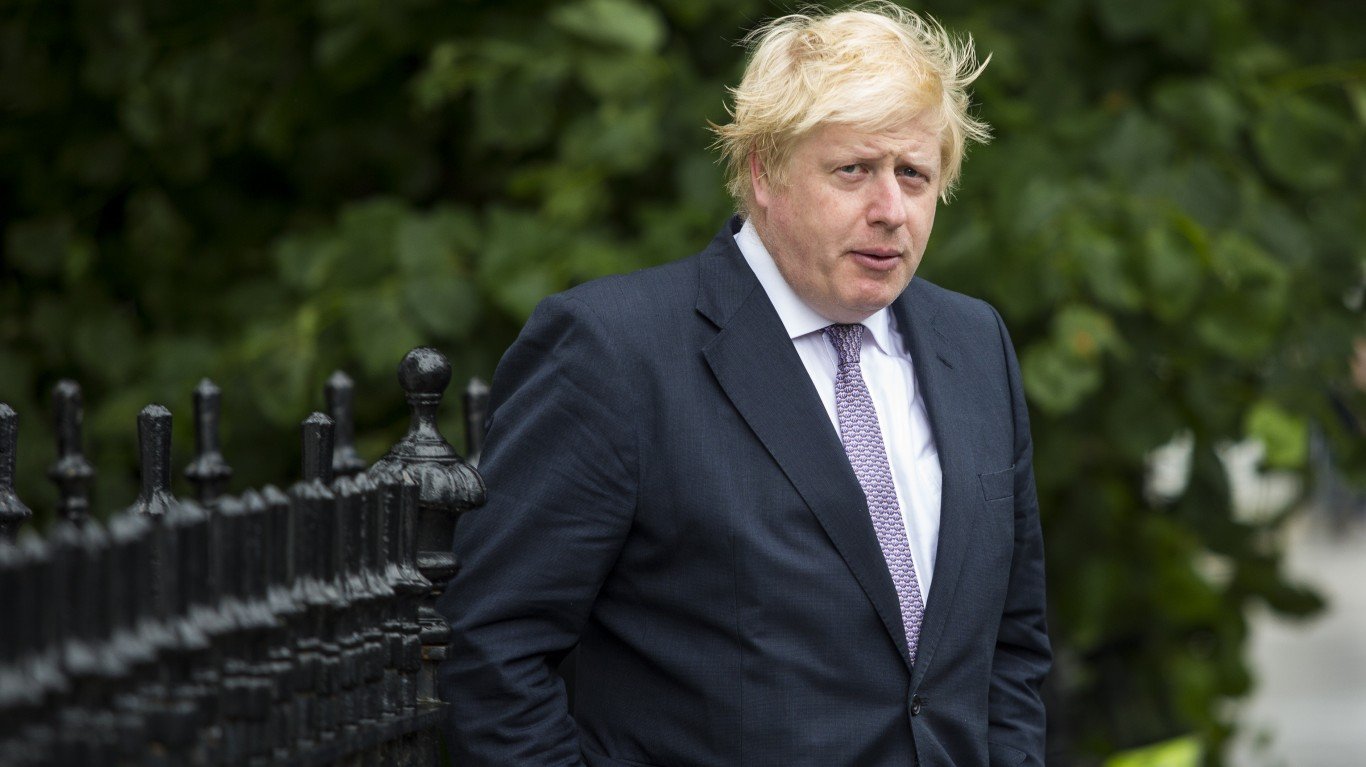
Britain moved quickly to ship aid to Ukraine in 2022. Then-Prime Minister Boris Johnson and Voldomir Zelenskyy formed a close bond. The two were on first-name terms and exchanged daily phone calls. Johnson’s two successors have been equally forthright in their support.
As well as hundreds of Storm Shadow missiles, the UK sent 14 Challenger II tanks, and three M270 multiple-launch rocket systems, and provided training for 30,000 personnel. A further 10,000 will be trained by mid-2024. Even though the Conservatives are almost certain to lose power in July, the opposition leader Keir Starmer won’t significantly alter Britain’s position on the conflict.
Japan
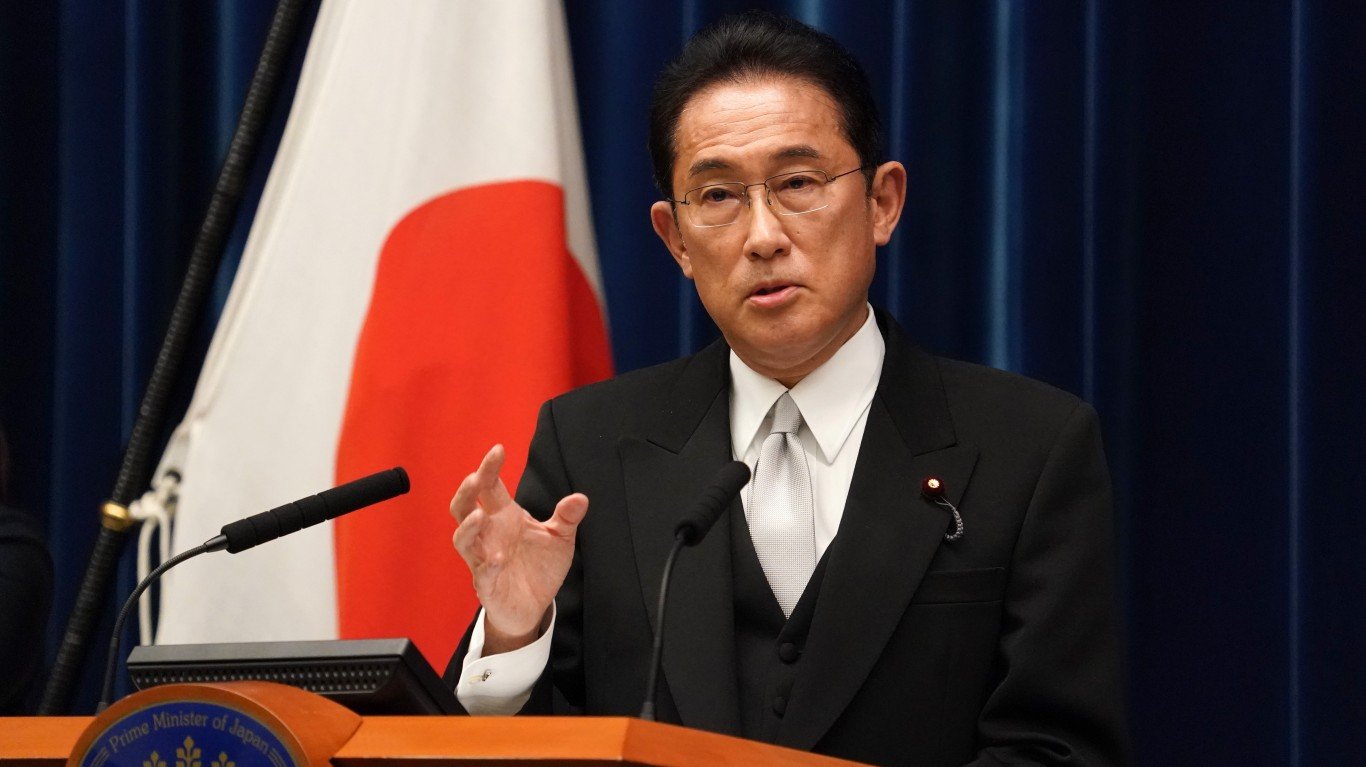
Japan is one of Ukraine’s strongest supporters, though not militarily as the Constitution of Japan expressly forbids it. Instead, Japan provided non-lethal support including bulletproof vests, helmets, and minesweepers. Additionally, the Japanese have sent generators and funds for rebuilding Ukraine.
Japan has also been uncharacteristically welcoming of Ukrainian refugees. Historically, Japan has been reluctant to take in foreigners fleeing war, seldom allowing more than a handful to stay. As of February 2024, just over 2000 Ukrainians are in Japan.
Nordic Countries
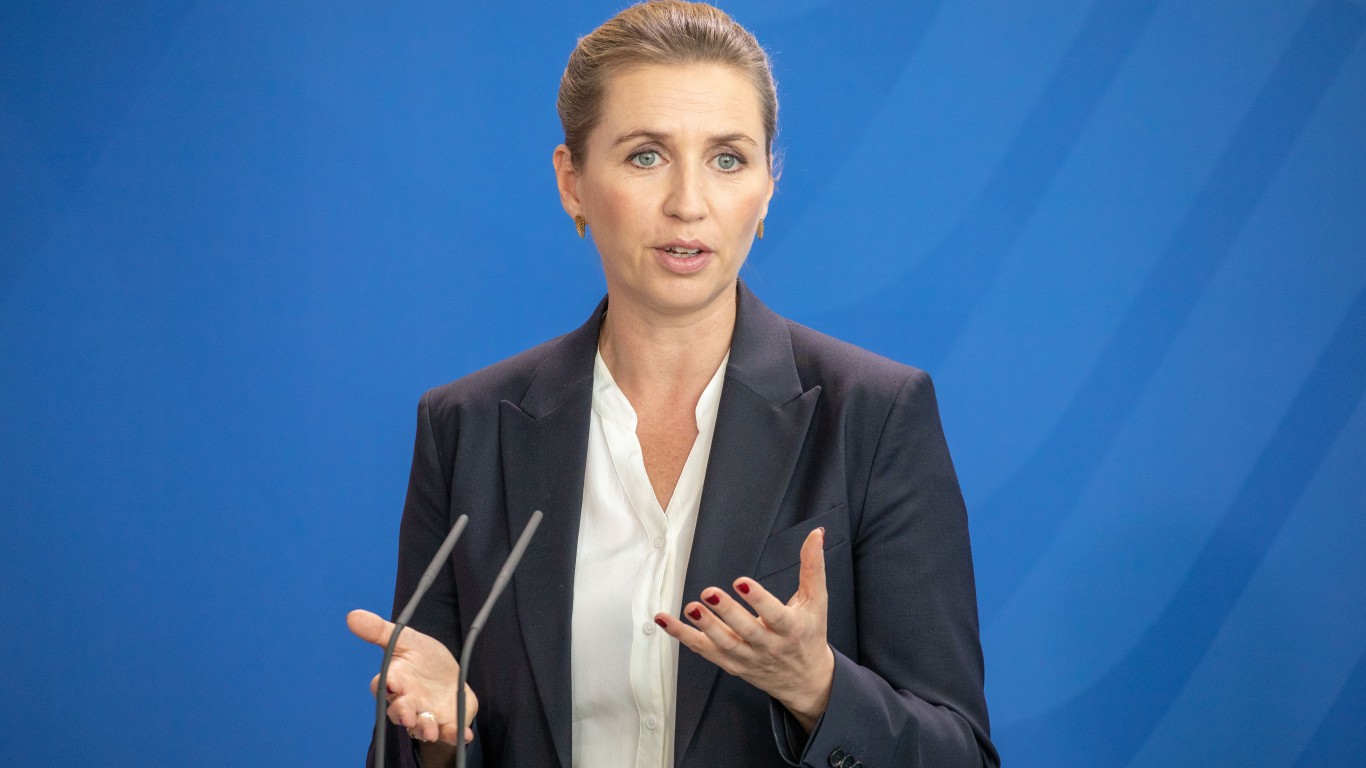 Source: Omer Messinger / Getty Images
Source: Omer Messinger / Getty Images

The Nordic countries – Denmark, Finland, Iceland, Norway, and Sweden – collectively are among Ukraine’s biggest backers. Denmark, Iceland, and Norway were founding members of NATO in 1949 while Finland (2023) and Sweden (2024) are its newest members.
Denmark will send its ‘entire artillery’ to Ukraine according to a statement by Prime Minister Mette Frederiksen in February 2024. As well as munitions, Denmark teamed up with the Netherlands and Germany to send substantial numbers of Leopard tanks. Furthermore, the Danes dispatched 19 F-16 jets, and long-range harpoon missiles for coastal defense. Iceland provided a field hospital, winter gear, and help with demining and disarming explosives.
Norway is in it for the long haul. The government announced a multi-year support package totaling 75 billion kroner ($7.16 billion) running until 2027. As well as civilian and humanitarian support, Norway plans to send air defense systems, two F-16 jets, eight tanks, and thousands of artillery rounds. Norway also plans to provide instructors for soldiers and explosives removal.
Finland shares a border and a difficult history with Russia so it is not surprising the Finns have sent 23 support packages worth $2.18 billion to Ukraine since the conflict began. Details of the contents are sparse, as the government won’t provide much information over security concerns. Six Leopard 2 mine-clearing tanks were sent in 2023 along with munitions and other heavy weapons.
Sweden, the newest member of NATO, has sent 16 support packages to Ukraine worth $4.9 billion. The bulk of the military support sent by Sweden has been in arms and equipment rather than hardware.
Benelux Countries
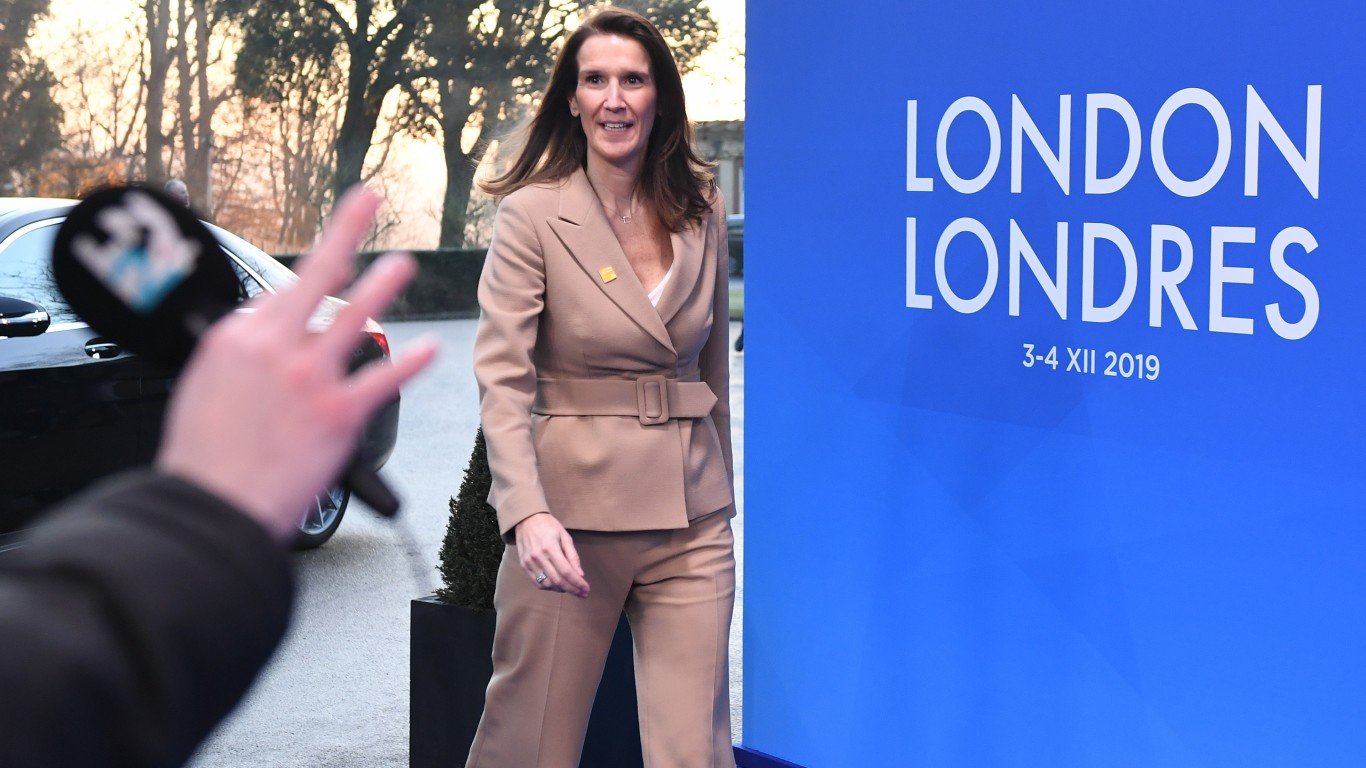
The Benelux countries, Belgium, Luxembourg, and the Netherlands are founding members of NATO who have all felt the sting of foreign occupation in recent history. Though small in population, they are wealthy and committed to supporting Ukraine against Russia.
The Netherlands has taken an outsized role in providing military aid to Ukraine. The Dutch partnered with Denmark and Germany to supply Leopard tanks and sent F-16s with no restrictions on their use. The Netherlands signed a 10-year security deal with Ukraine in February 2024. Despite fears a new far-right government would shy away from further support, Geert Wilders signaled his willingness to continue sending aid.
Belgium allocated $1.85 billion in military aid for 2024. It has contributed to multinational efforts to acquire ammunition and build up Ukraine’s military capabilities. Most notably, the delivery of 30 F-16s will begin toward the end of 2024. They can only be flown within Ukrainian territory.
Luxembourg has no real army or weapons industry but it does have tremendous wealth. By GDP per capita, it is one of the world’s richest countries. The country created up a two-man team to find and purchase surplus ammunition globally to ship to Ukraine.
Poland
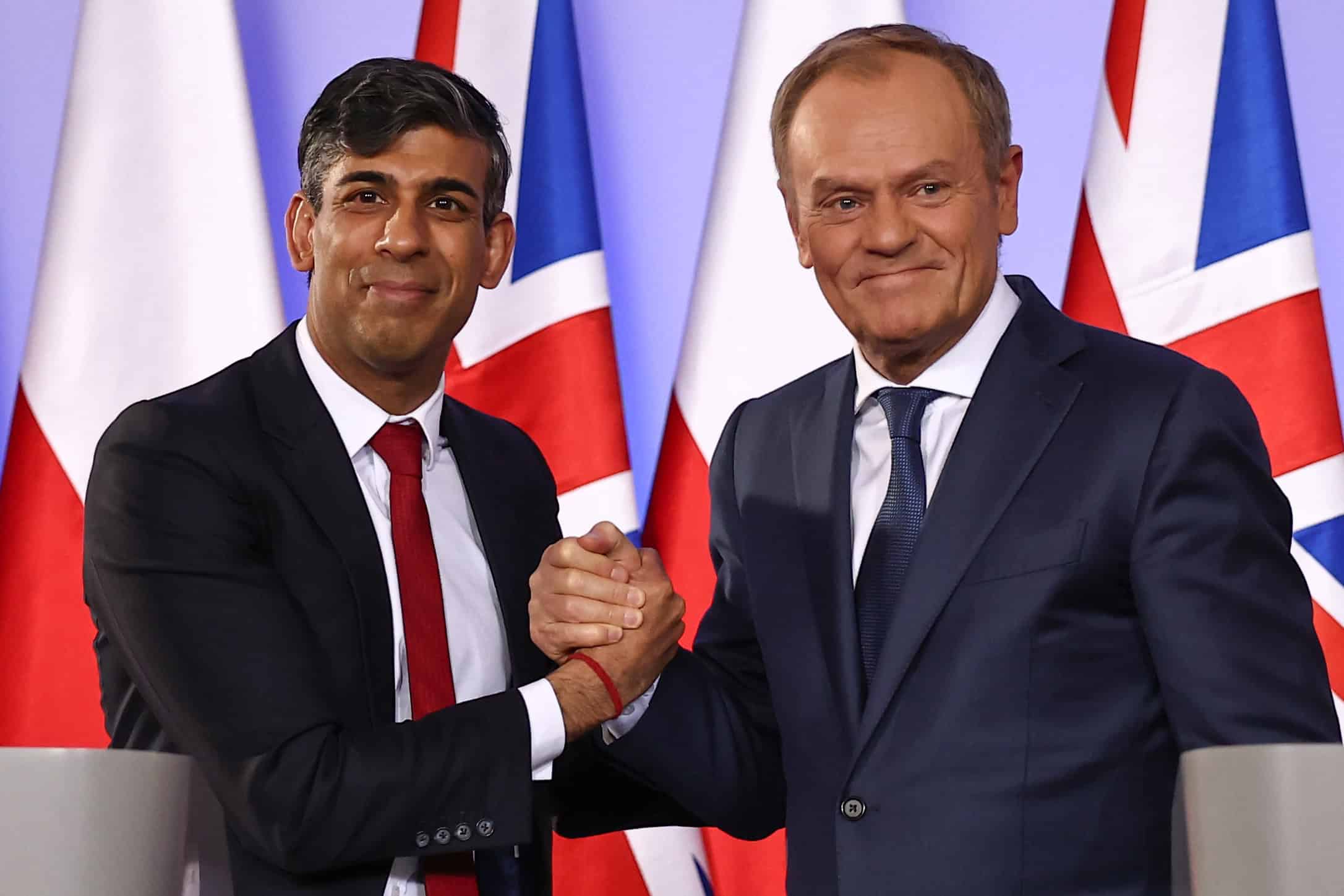
To date, Poland has sent 44 aid packages (plans for a 45th are underway) to Ukraine and taken in a vast number of refugees. With the conflict essentially happening in their backyard, the Poles have naturally been wary of the war spilling over into home soil.
While the equipment isn’t cutting-edge, the gear sent is more familiar to the Ukrainian armed forces and does not require extensive training. So far, Poland has sent 300 T-72 and PT-91 tanks, and self-propelled artillery. Poland’s location is also key, it provides a staging area for aid from other countries and a haven for training Ukrainian personnel.
Poland temporarily stopped its military support in September 2023 over a trade dispute with Ukraine over grain exports. Popular support is waning but the Polish government has affirmed its support for Ukraine.
Canada
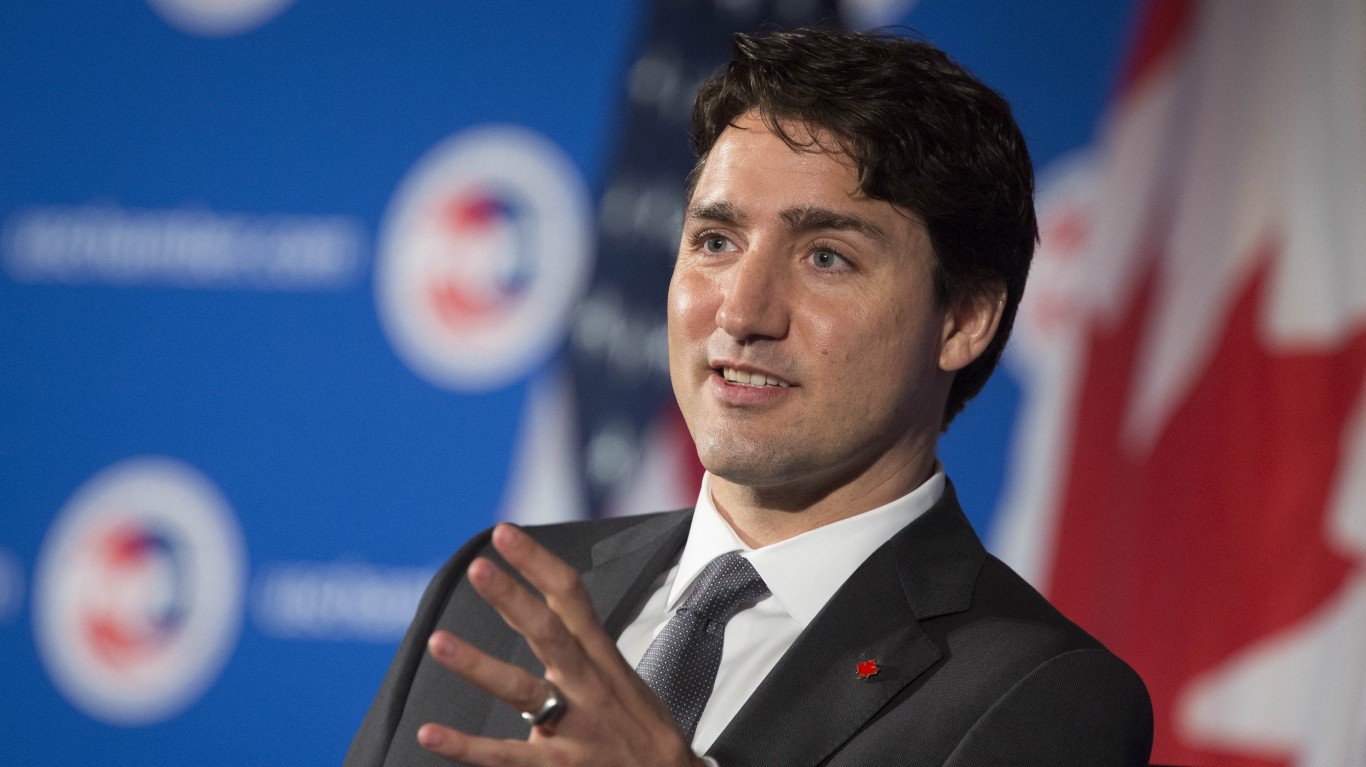
Canada has significant historical ties to Ukraine. It was the first Western nation to recognize Ukraine’s independence on December 2, 1991. Furthermore, there are around 1.3 million Ukrainian-Canadians in Canada today.
Canada committed to $4 billion in military aid running to 2029. As well as support for air defense, Canada has sent or is planning to send eight Leopard 2 tanks, 200 M72A5-C1 rocket launchers, and 800 R70 Skyranger drones.
France
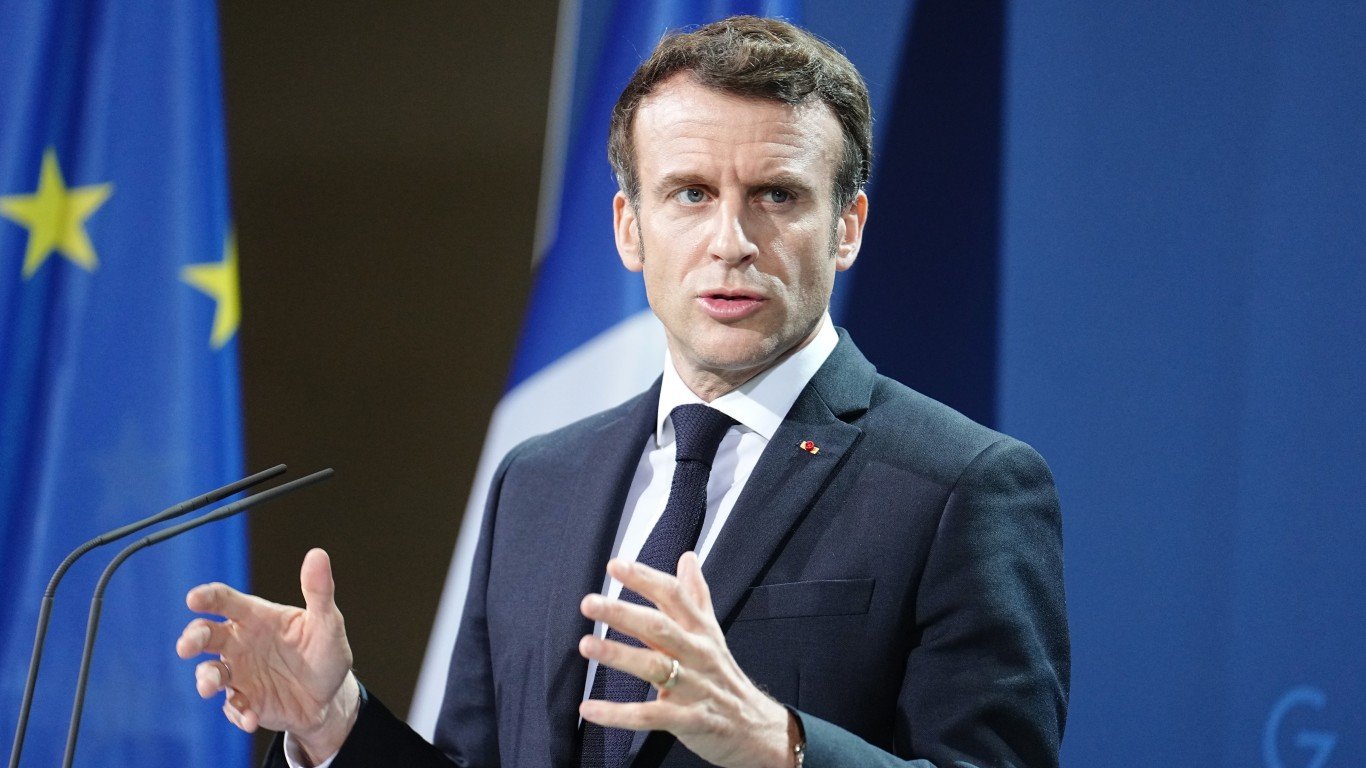
Among Europe’s leaders, French President Emmanuel Macron has been the most hawkish in his comments about the war in Ukraine. He has floated the possibility of sending troops to Ukraine and called for Ukrainian strikes in Russian territory, the chagrin of other European leaders. France has been accused of not pulling its weight as it lags far behind its peers in aid sent.
Internal political difficulties have stymied French support for Ukraine. France has sent personal equipment, small arms ammunition, anti-tank weapons, and artillery shells. A March 2024 summit with Germany and Poland indicates greater French involvement in purchasing weapons for Ukraine.
Czech Republic
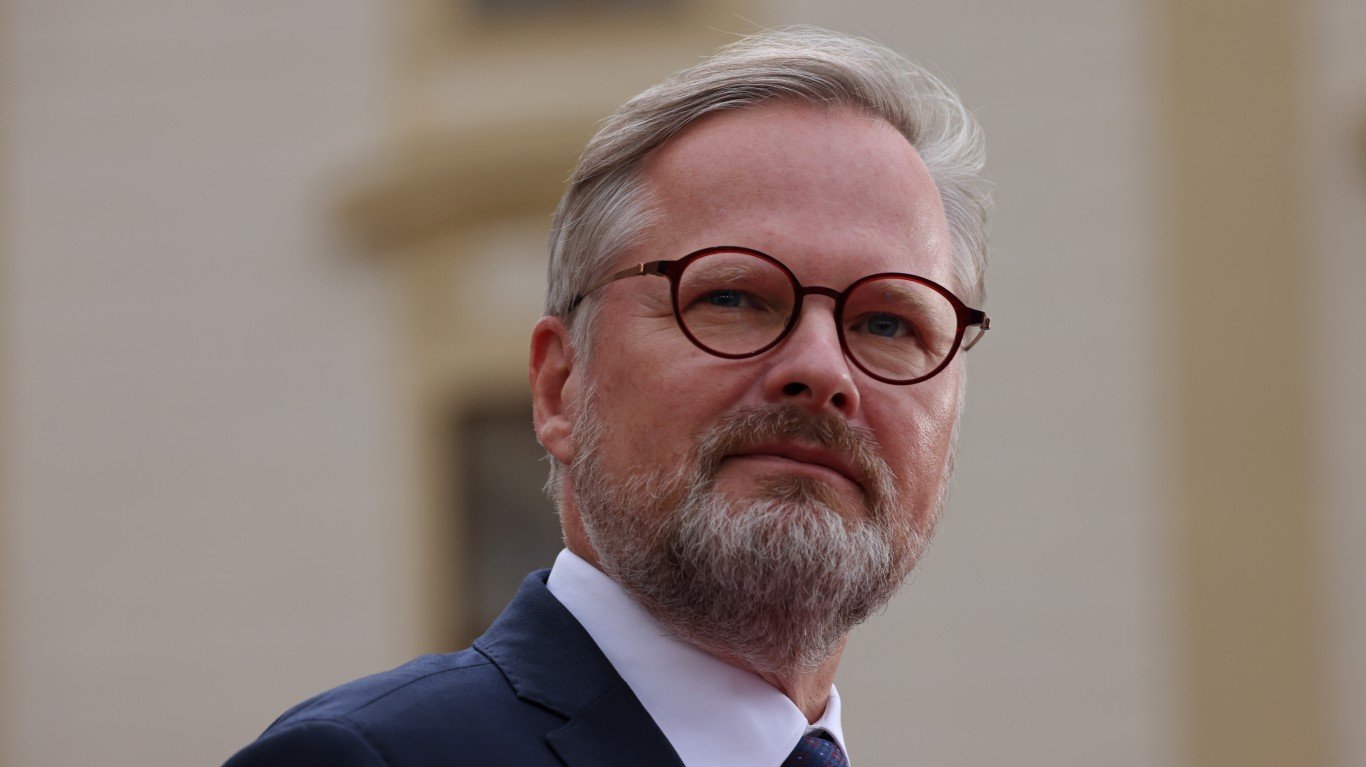
The Czechs took a leading role in procuring more ammunition for Ukraine. As the war enters a more static, defensive phase, heavy ordinance is vital. Prague led an 18-nation coalition to supply Ukraine with over 800,000 rounds of artillery. Additionally, the Czech Republic sent 676 pieces of heavy equipment, attack helicopters, millions of rounds of small arms ammunition, and help with pilot training.
Baltic States
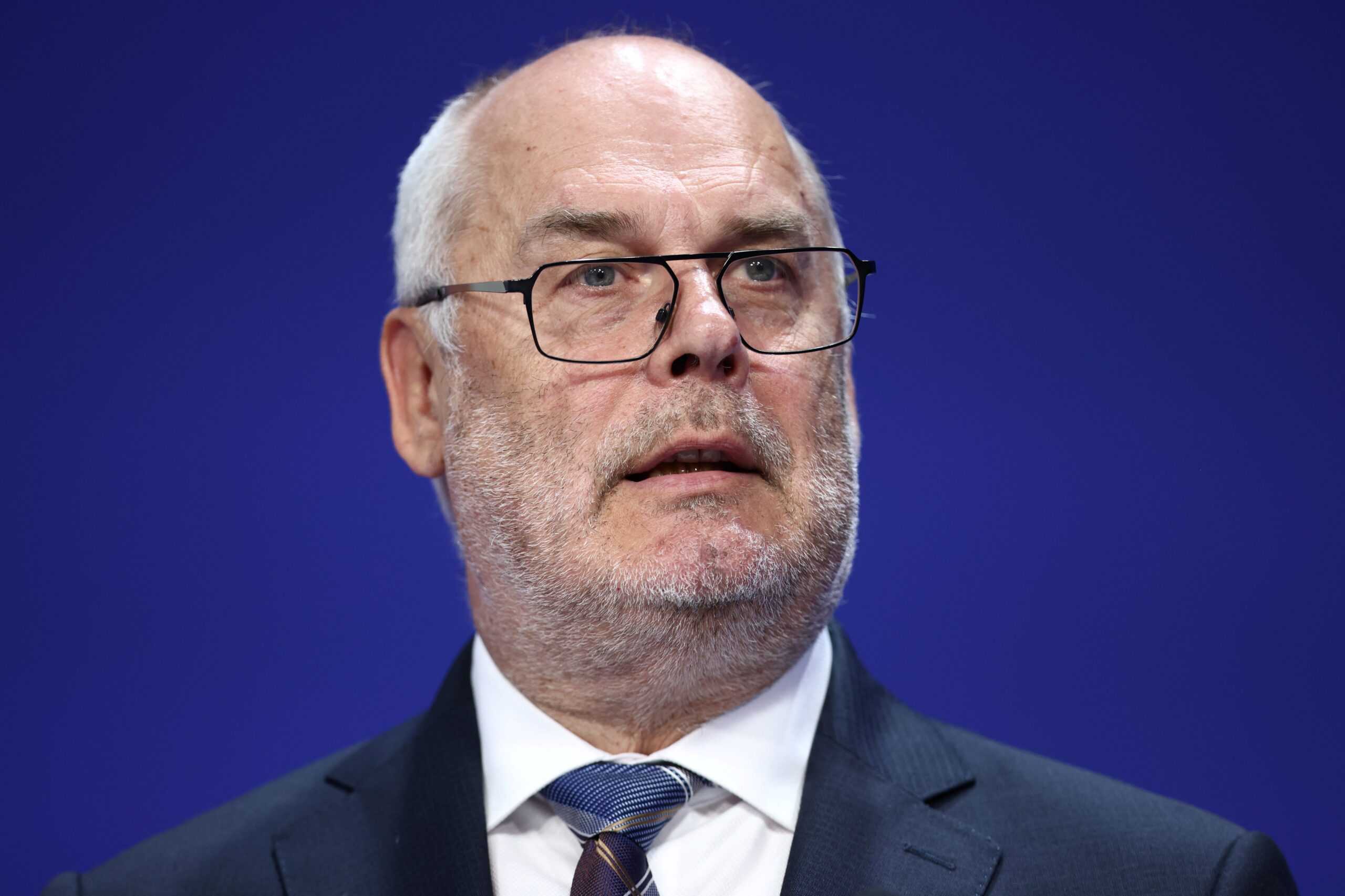
The total amount of aid sent by the nearby Baltic states seems insignificant compared to the larger nations. However, as a percentage of GDP, Estonia, Latvia, and Lithuania are the strongest supporters of Ukraine by far. They’ve also taken in a high number of refugees relative to their populations.
Estonia is the pound-for-pound world champion of Ukraine aid. It has taken in 50,000 refugees (3% of its population) and spent over 1.3% of its GDP on aid. It provides weapons, ammunition, medical supplies, and support equipment. Estonia also donated four fully equipped mobile field hospitals with Iceland, Germany, Norway, and the Netherlands.
Latvia’s statistics are similarly remarkable. Just under 1% of its GDP has gone to military aid and it has housed tens of thousands of refugees. It will also join the drone coalition with other members of NATO to provide Ukraine with drones.
Lithuania is the largest of the Baltic states and has committed the largest sum to Ukraine’s war effort at roughly $1 billion. Lithuania is another state thinking long-term in its support, with plans to fund aid through to at least 2026. Lithuania’s proximity to Ukraine allows it to take in wounded soldiers and train their replacements. With over 84,000 Ukrainian refugees, it ranks fourth in Europe on a per capita basis.
Others
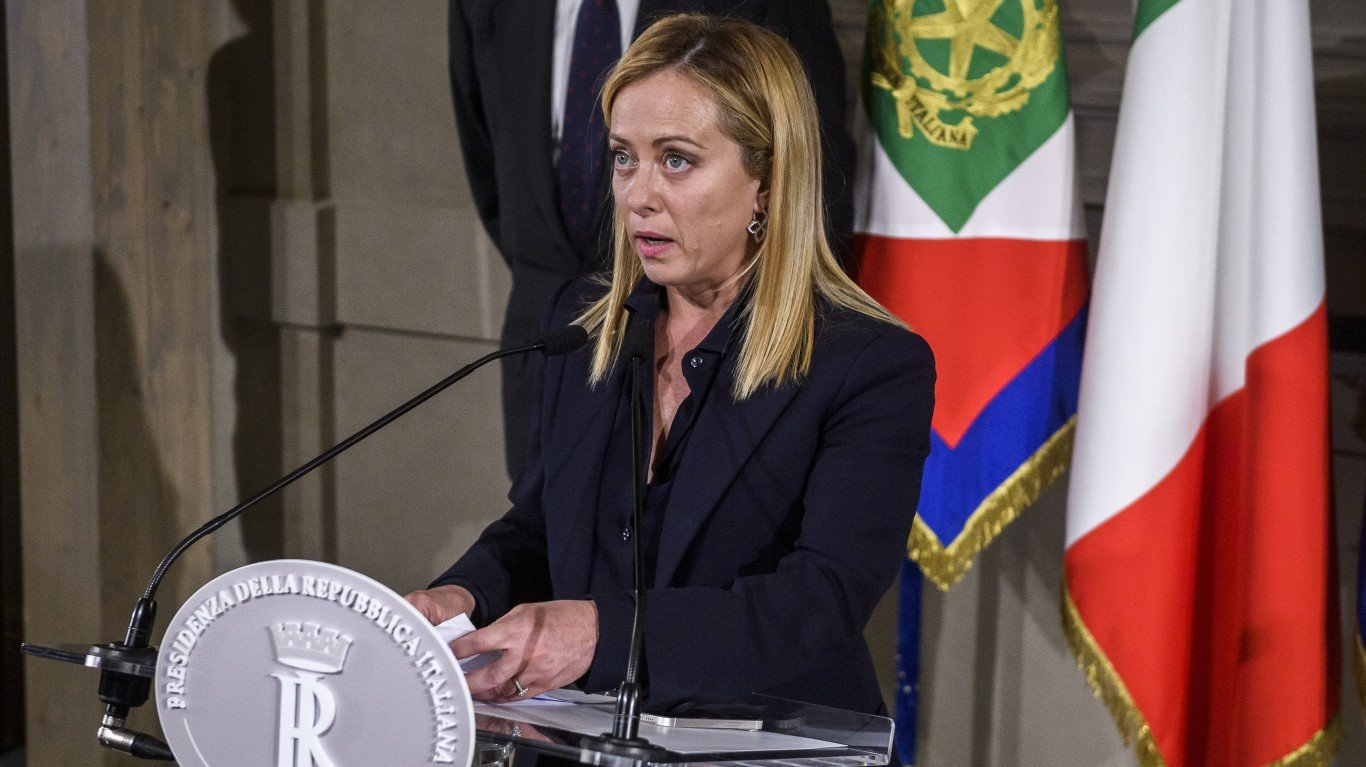
Ukraine has signed long-term security deals with several NATO members not yet mentioned in this article. A 10-year pact was agreed with Spain in May 2024. While Madrid has refused to send its Patriot missile batteries, it will provide ammunition. Italy signed a similar deal in February 2024 though Prime Minister Giorgia Meloni opposes direct military intervention in the conflict.
Historically, Switzerland is a byword for neutrality, and that long-standing policy caused the Swiss upper house to torpedo a $5 billion aid package in June 2024. Unwilling to supply arms, the Swiss have nonetheless sent financial and humanitarian aid worth around $2.6 billion to Ukraine. Neighboring Austria is also espousing military neutrality but has supported humanitarian efforts.
Other European nations such as Greece, Ireland, Portugal, Romania, and Slovakia haven’t contributed much aid directly but have participated in the EU’s collective efforts. South Korea refused to supply lethal support (at least not directly) but has pledged to contribute about $400 million in humanitarian aid.
Conclusion

Support for Ukraine is widespread but unevenly applied. On a per capita basis, Poland and the Baltic states are the biggest supporters of Ukraine. Understandably, Ukraine’s neighbors (excluding Belarus of course) have such a vested interest in propping up Ukraine’s military. Domestic politics in friendly nations are an ever-present concern for Ukraine’s prospects, as the war drags on, public enthusiasm will naturally wane. While the UK’s upcoming election will have little bearing on its support for Ukraine, the US presidential election will have a huge impact.
European nations have moved to close the funding gap opened by American political squabbles but there is a concern this could be too little, too late. Ukraine’s continued resistance to Russia requires heavy and sustained investment from the international community. It remains to be seen if they will deliver.
ALERT: Take This Retirement Quiz Now (Sponsored)
Take the quiz below to get matched with a financial advisor today.
Each advisor has been vetted by SmartAsset and is held to a fiduciary standard to act in your best interests.
Here’s how it works:
1. Answer SmartAsset advisor match quiz
2. Review your pre-screened matches at your leisure. Check out the advisors’ profiles.
3. Speak with advisors at no cost to you. Have an introductory call on the phone or introduction in person and choose whom to work with in the future
Take the retirement quiz right here.
Thank you for reading! Have some feedback for us?
Contact the 24/7 Wall St. editorial team.


